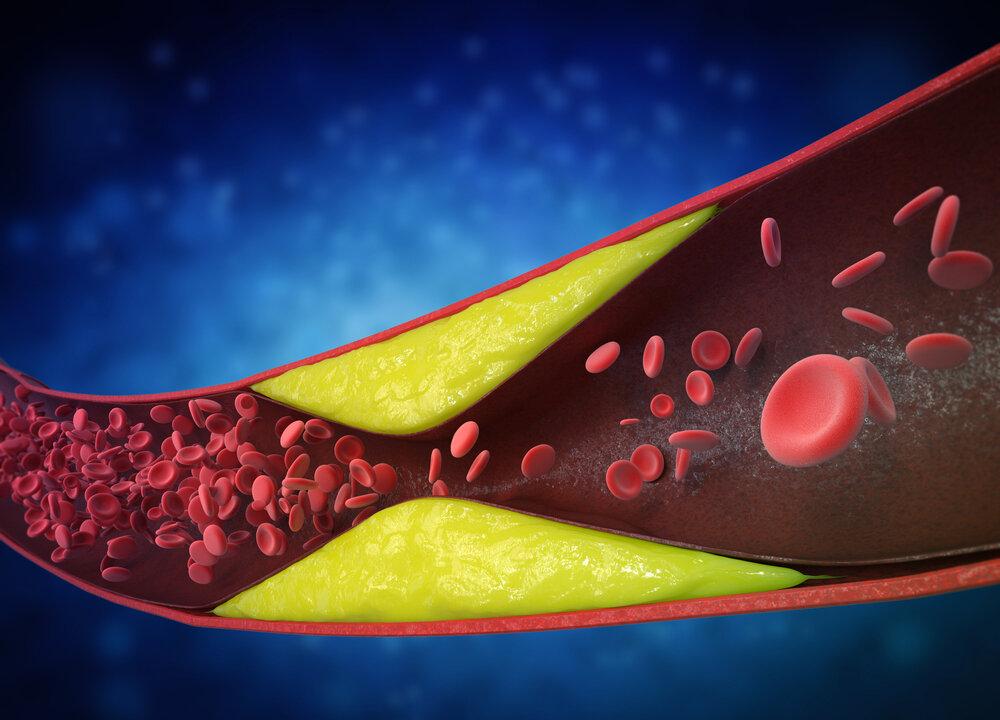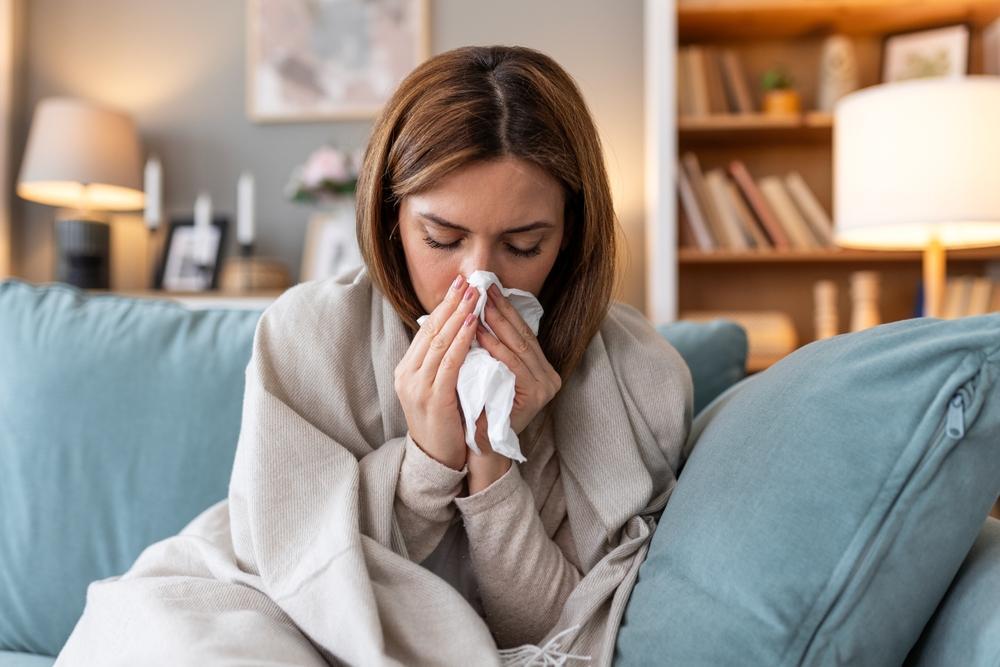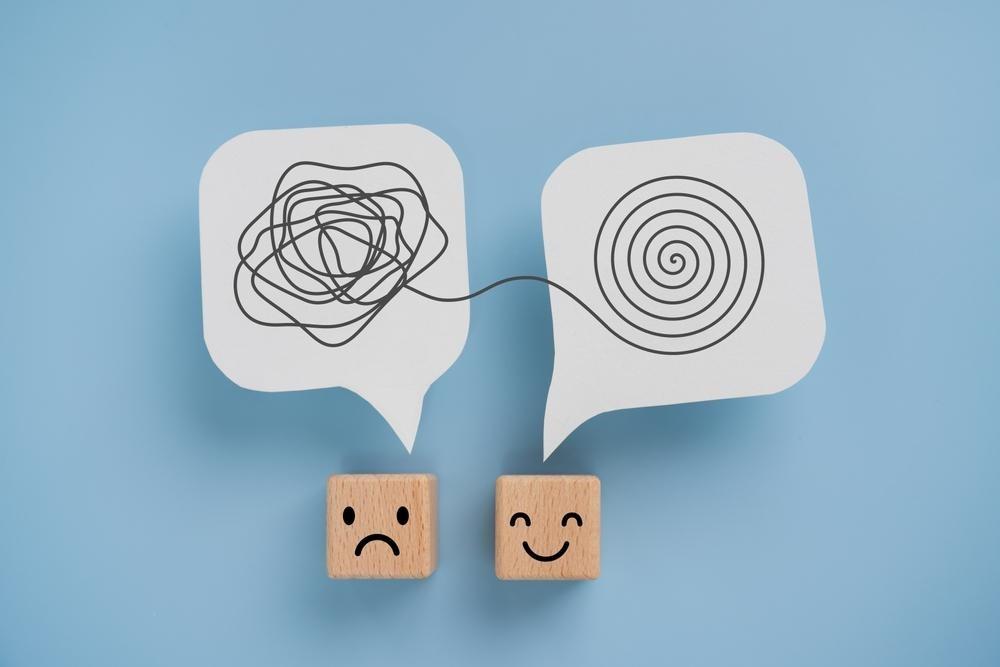Our hair plays a significant role in our daily lives. A well-groomed hairstyle can enhance our appearance and boost our confidence. While it’s common for older individuals to worry about graying and thinning hair, many young people in their twenties and thirties are also experiencing hair problems because of unhealthy diets, high levels of stress, and exposure to environmental pollution. Moreover, many hair care and dye products available today may contain harmful chemicals that can damage our hair when used frequently.
Structure of the Hair
Let’s start by understanding the structure of the hair. Hair is mainly composed of keratin and is anchored to the skin by a follicle. The follicle is located at the junction of the deep dermis and subcutaneous layer. Inside the hair shaft, there are small blood vessels that supply blood, maintain blood flow, and deliver all the necessary nutrients, such as vitamins, trace elements, amino acids, and fatty acids, to the hair.Surrounding the hair follicle are various glands, among which the sebaceous gland is the most crucial. It produces sebum, which acts as a natural lubricant for hair. Some people have oilier hair because their sebaceous gland is more developed, while others have drier hair due to lower sebum secretion levels.
The color of our hair is determined by pigment cells that produce pigments in the hair follicle. As we age, these pigment cells gradually decrease, which can cause our hair to turn gray. These cells may also experience premature aging due to poor nutrition and excessive use of chemical products.
Phases of Hair Growth
There are three phases of the hair growth cycle.The first phase is the anagen (growth phase), during which most of our hair constantly grows for many years.
The second phase is the catagen (transition phase), which typically lasts for a few weeks. During this phase, hair growth slows down, and hair follicles shrink.
The third phase is the telogen (resting phase), which can last for several months. During this phase, hair growth stops, and old hair separates from the follicle, ending its cycle.
5 Tips To Reverse Gray Hair and Hair Loss
1. Stay Hydrated
Since our hair grows on the scalp, keeping it healthy is crucial for healthy hair growth. To keep our scalp healthy, it is vital to keep it moisturized. Therefore, it is essential to drink an adequate amount of water, around 4 to 8 cups a day.2. Eat ‘Hair Friendly’ Foods
The second tip is to consume hair-friendly foods. Like other body parts, our hair is also affected by our dietary intake. To improve the health of our hair, skin, and nails, we should consume foods that contain biotin, vitamin C, and vitamin A, as biotin can promote hair growth, vitamin C can prevent hair damage, and vitamin A can stimulate sebum production.3. Increase Blood Flow to the Scalp
Inadequate blood supply and nutrients to the hair follicles are one of the main reasons why many people experience hair loss, brittleness, and even premature graying.In traditional Chinese medicine (TCM), there is a saying that “hair is the manifestation of blood,” which indicates that the condition of our hair is determined by the blood supply it receives. This belief is consistent with modern medical knowledge. From a TCM standpoint, the health of our hair also reflects the health of our internal organs.
Regular exercise is an excellent way to increase blood flow to the hair follicles. Physical activity stimulates our entire body and activates the sebaceous glands on our scalp, which can improve the health of our hair.
4. Avoid Over-Washing the Hair
It is best not to wash our hair daily, as doing so can lead to dry hair. Ideally, we should aim to wash our hair two to three times a week5. Comb or Brush Hair Regularly
Regularly combing or brushing our hair is very beneficial as it can help increase the activity of the sebaceous glands and spread natural hair oils on the scalp throughout the hair. However, it is essential to comb or brush the hair in the direction of the meridians, from front to back, and to cover the entire scalp since different meridians operate in other parts of the head. Additionally, combing from front to back can also help promote blood flow.The Role of Stress and Rest in Hair Health
Another critical factor in having hair healthy is to reduce mental stress, as high levels of stress can increase the risk of developing conditions like high blood pressure and heart disease. Thus, it is essential to maintain a calm and balanced mindset. In addition, getting enough sleep is also crucial, as it can impact the functioning of our organs and consequently affect our hair health.Secrets to Natural Hair Color
In addition to the above tips, it is also essential to take care of our pigment cells to ensure the continuous production of melanin. Maintaining a healthy diet, exercising regularly, reducing stress, and getting enough sleep can all help with the production of melanin in our hair.Copper, a mineral, plays a crucial role in melanin production, so it is recommended to consume foods that are rich in copper, such as peanuts, crab meat, almonds, lentils, and white mushrooms. However, too much copper can cause harm to the liver and brain, leading to various physical and mental health problems.
If you already have some gray hair and want to use hair dye, it is best to opt for organic and natural dyes since most other hair dyes contain chemicals such as ammonia, lead acetate, DMDM (a preservative and antimicrobial agent), and methylisothiazolinone (a preservative)—both of which can be harmful to your health.





